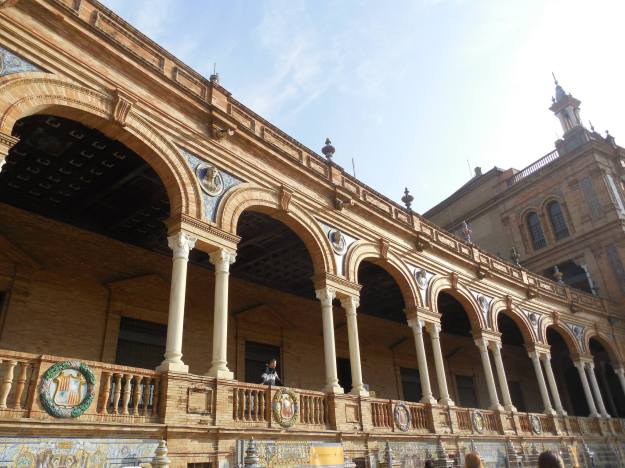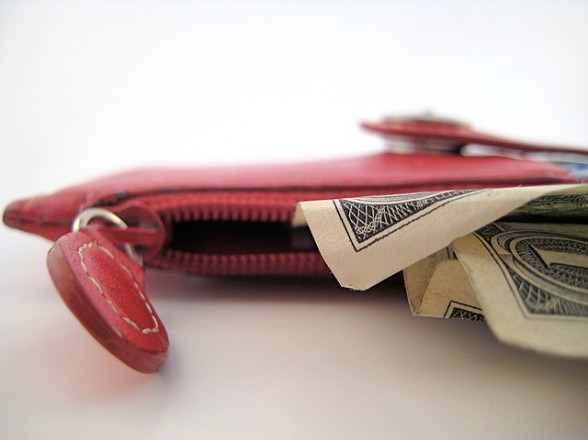
Creative Commons photo / Marco Verch
It’s always good to bring certain medicines or first-aid treatments with you when traveling. Aside from prescription medicines, over-the-counter medications and first aid products from chain drug stores and companies can help with relieving symptoms or sudden medical issues (however, always check with your doctor on any concerns you have or seek medical help within your location.)
Here are some products I suggest taking with you:
Pain-Relievers Like Aspirin or Ibuprofen
They’re best to have on hand the case of an injury or achiness or fever.
Antacids/Stomach Relievers
If you have to watch how certain foods react to your system, or you’re a risk-taking eater that might not know how you’ll handle the aftermath of perhaps a super-spicy dish.
Cough Drops
If you find your throat gets dry or feel a cough coming on, just unwrap and pop one in your mouth.
Anti-Diarrheal
Just in case.
Anti-Fungal Cream
If you’re prone to fungal infections, and going on a trek involving damp weather conditions, this suggestion is your call.
Melatonin/Sleep Aids
If you have trouble sleeping in a new bed or it takes a while for you to get some ZZZs.
Antihistamines
For combating known – or even unknown — allergies or rashes that come up. (Read labels to see drowsiness is a side effect.)
Motion Sickness Pills/Bands
If you’re on planes, trains or boats, and even the good old automobile for a long period of time, keep tabs on your system.
Probiotics and Prebiotics
I’ve been hearing a lot about these gastrointestinal aids keeping your gut healthy. Prebiotics are fiber-based, while probiotics are yeast centered; they both introduce good bacteria.
Condoms
I’m doing to leave this one up to you. If you’re going to a place where you think you might have a hookup, it’s best to be prepared. Note one other thing: learn how condoms are seen in your destination, in particular countries with very strict ties to religious beliefs and/or imposing laws.
Band-Aids/Plasters
Because cuts and scrapes can happen. Plasters can help with your feet.
Anti-Bacterial Wipes
To quickly clean a cut or your hands or even your in-flight tray table.
When bringing genetic meds, keep them inside their boxes or bottles in the case that customs officials need to check them. Also, confirm what and how much of an over-the-counter drug and/or prescription meds can be permitted to be brought into your destination.










